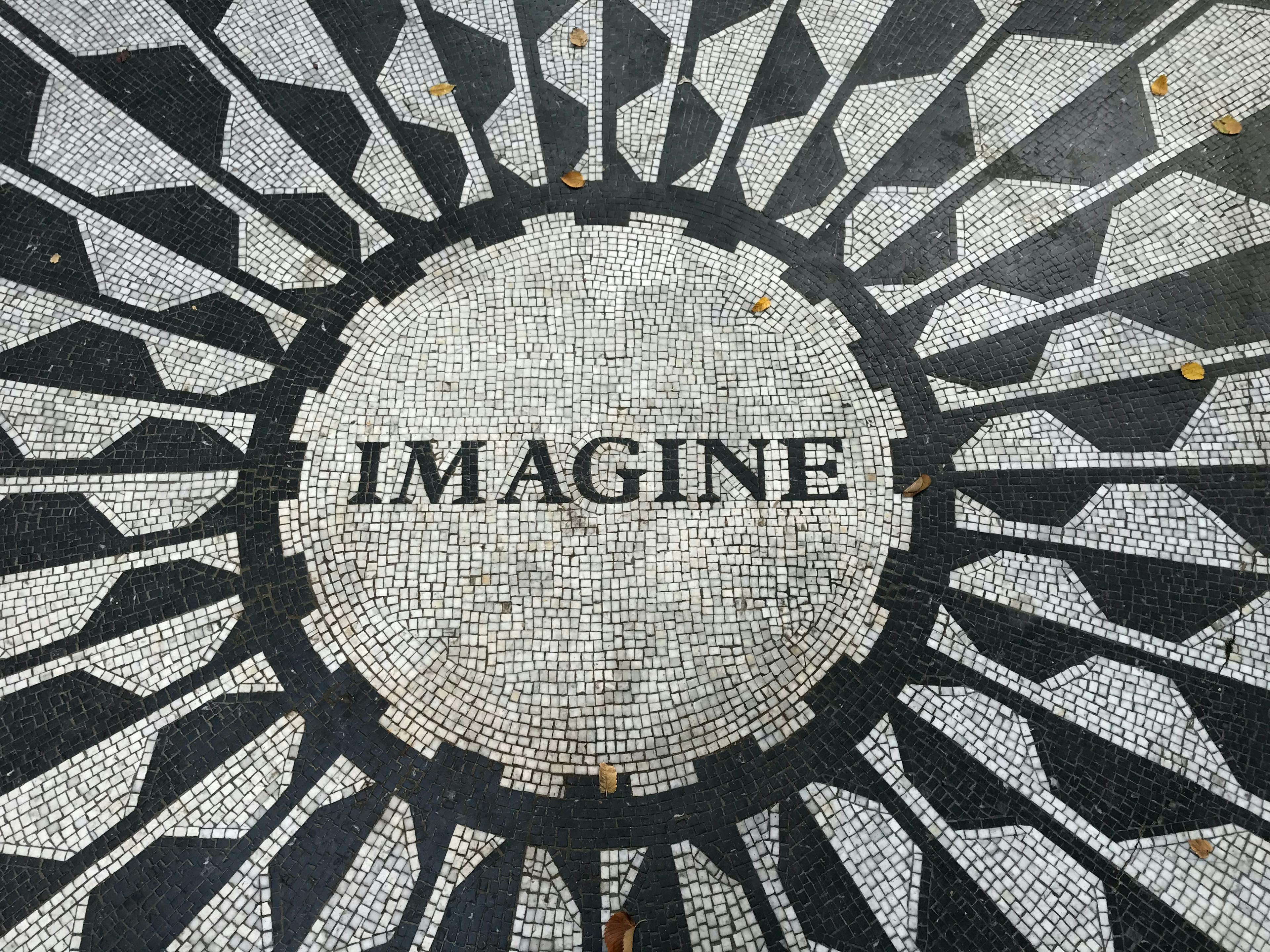KEY 2. Design Impact
Who are we designing for? What are we considering when we are designing? So many more questions that come to mind when designing and more importantly inclusive and accessible design.
2 mins
TABLE OF CONTENTS
Link to hear article read aloud.
Insight
Who are we designing for? What are we considering when we are designing? So many more questions that come to mind when designing and more importantly inclusive and accessible design. Honestly, we wouldn’t have to say “inclusive and accessible design” if inclusion and accessibility was a part of our design process from the start. The design process is constantly changing, evolving, open to change. Nothing about design feels static or not changing. Change and impact are important words when we talk about inclusion, accessibility and design. We are always evolving, changes occur, and we have to be able to shift, whether it is opening ourselves up to a new perspective or having a conversation about design that once worked previously, no longer works because users' needs have changed.
Design Impact Articles
1. The tyranny of chairs: why we need better design by Sara Hendren from The Guardian
Quote from the article: “It wasn’t Papanek who offered universal design to the world; it was disabled people whose long-held insights generated what became a set of principles that designers could follow. Ronald Mace, a wheelchair user and architect, is credited with introducing the term “universal design” to the public in 1985. In part, the coinage was strategic, recasting features of design that had been considered “special” as simply good design, resulting in products and buildings that were straightforwardly “usable by all people”.
2. This new disability-friendly menstrual cup has a pull-tab so it can be removed like a tampon by Andrea Michelson from Business Insider
Adamé has Ehlers-Danlos Syndrome which is a connective tissue disorder characterized by joint instability. After her previous experiences with other menstrual cups, she decided to take matters into her own hands. She reached out to her friend who is a medical device inventor, and together they designed a cup they hoped would be easier to remove for users of all ability levels.
Quote from the article: “There’s a difference, I think, when you involve somebody with that primary experience at every step with equal weight in the process,” Miller said. “What that process manifests is inclusivity and advocacy.”
3. New All-Inclusive Playground In Bonner Springs Provides Valuable Space For Kids With, And Without, Disabilities by Laura Ziegler from KCUR 89.3
The inclusive playground allows all children to be included and play together. The playground includes adaptive equipment and technology for children.
Quote from the article: “Marissa Graczyk’s family is from the tiny town of Centerview in Johnson County, Missouri, where there are no parks or playgrounds for kids with disabilities. She and her brother have an illness that requires them to use wheelchairs. The first all-inclusive playground in Wyandotte County allows all six siblings to play together.”
4. 9 Ways UX/UI Design Can Improve Digital Health Adoption for Seniors by Amy Oughton from HIT Consultant Media
Different ways to improve engagement when seniors are accessing telehealth tools. User Experience/User Interface tips to help improve digital health so that telehealth products are not a barrier for seniors.
Quote from the article: “But, to make sure we are designing telehealth products with all users in mind, we’ll need to gain additional perspective on why seniors aren’t accessing telehealth resources at the same rate as other age groups and how to reduce their barrier to entry. Many providers will continue to use telehealth once the pandemic has passed, so understanding the current barriers to use for seniors, is important.”
5. Bigger Than Her Body: How Annie Boivin Conquered the World of Architecture While Living with a Disability by Rachel Rose from Canadian Architect
Quote from the article: “It’s a matter of changing people’s mindsets, which have been ingrained for a lifetime—and that’s not easy to do,” Greene says. “Built environments must be safe and accessible for anyone from 8 years old to 80 years old. But it’s hard to have a clear understanding of what that means. And this has resulted in an epidemic of slapdash developments that have no consideration for universal design.”
Insight Question
How can we shift our mindset to design with impact to ensure that we are designing an inclusive and accessible society?
Join the The Resource Key Newsletter
Subscribe to get our latest content by email and for upcoming events.
